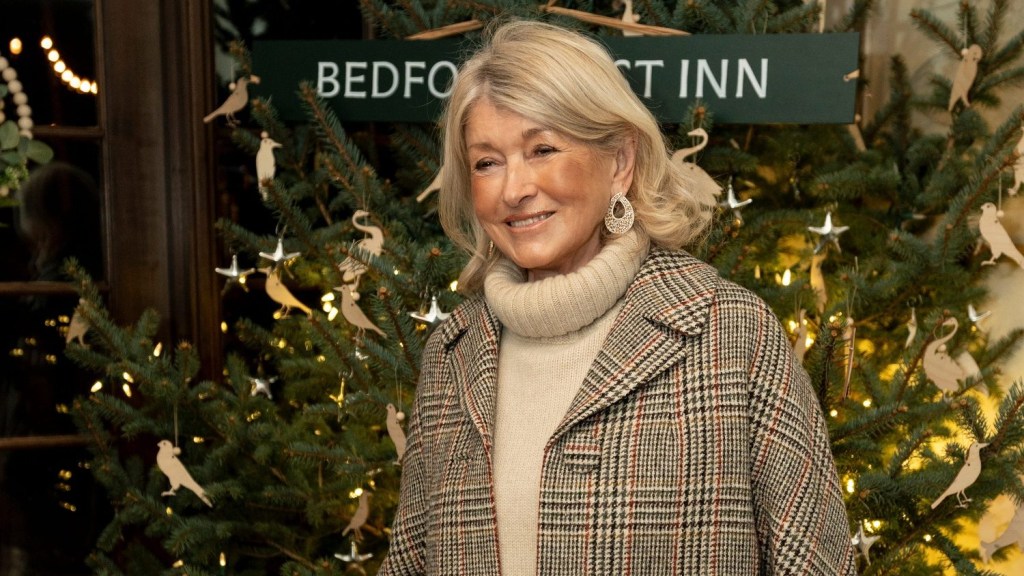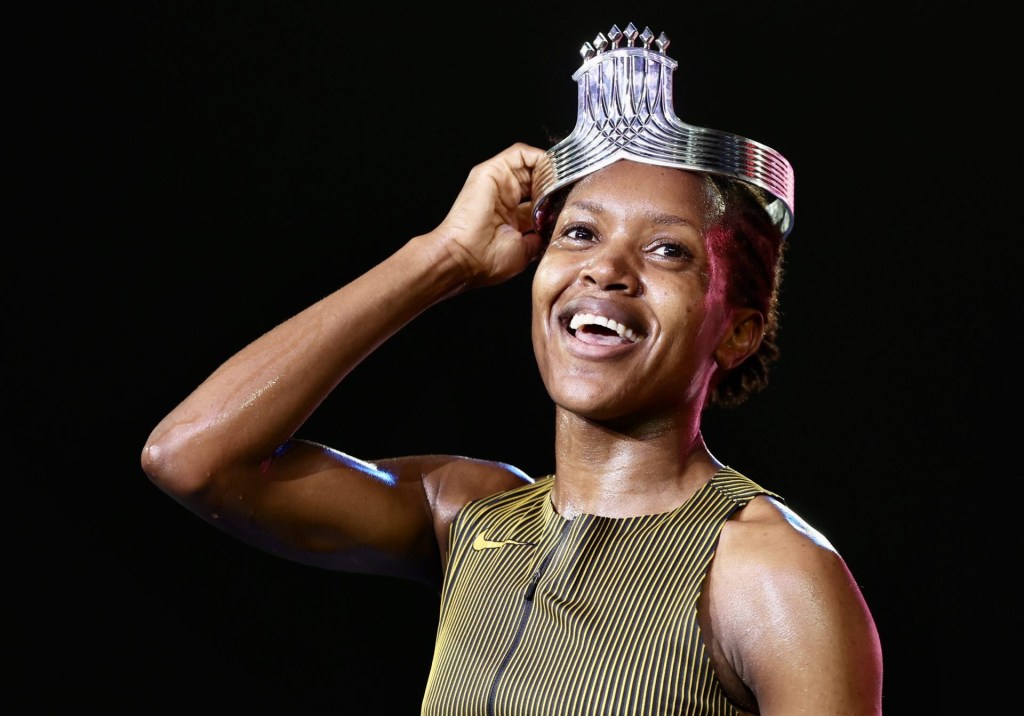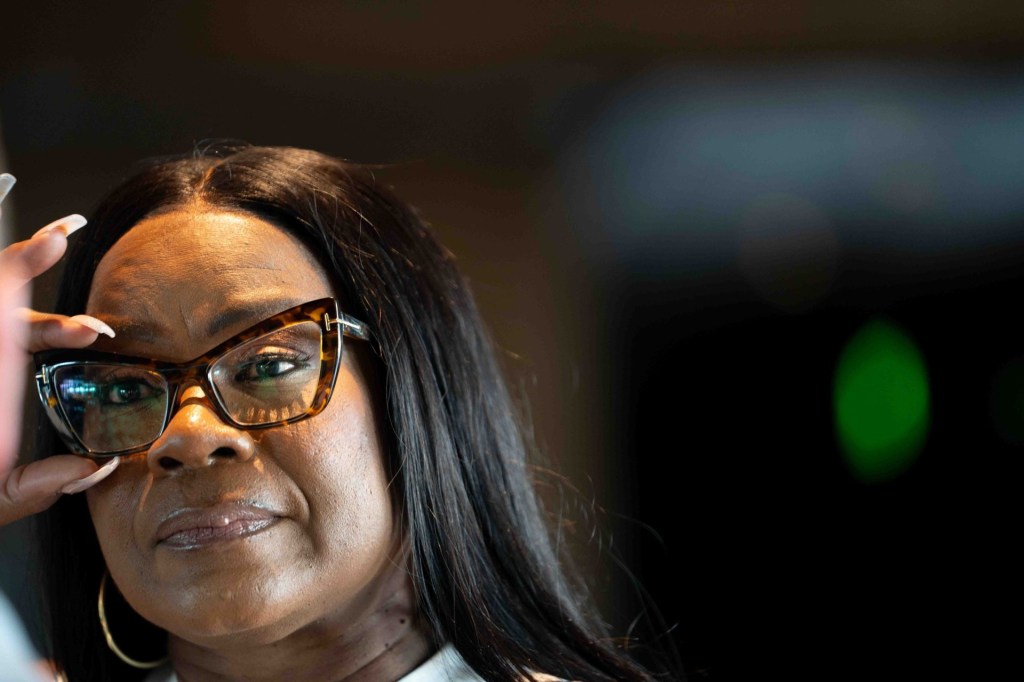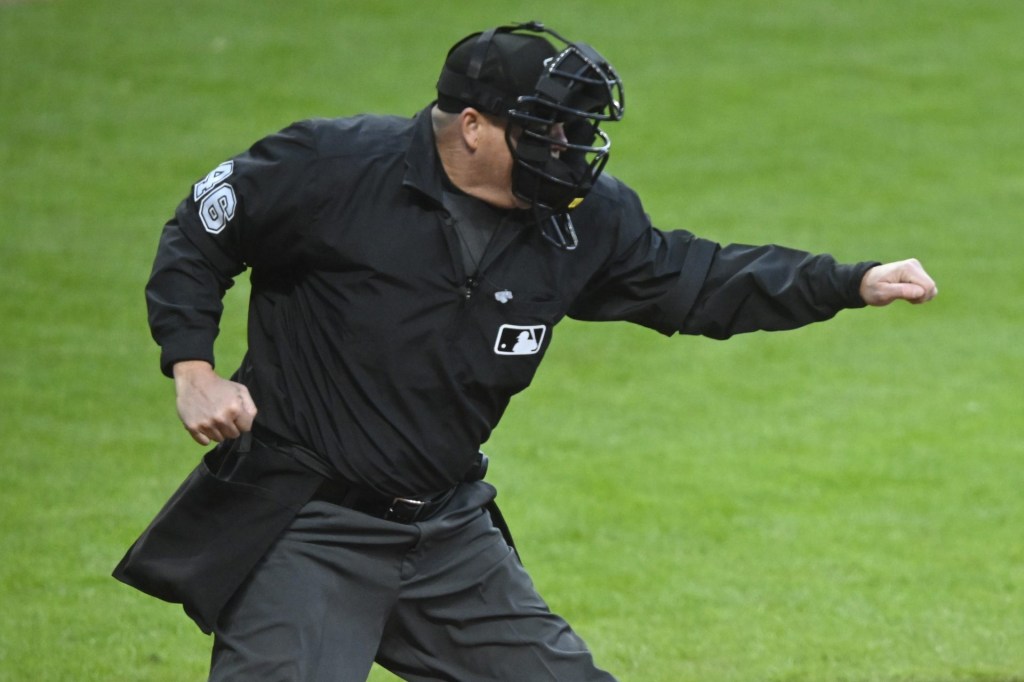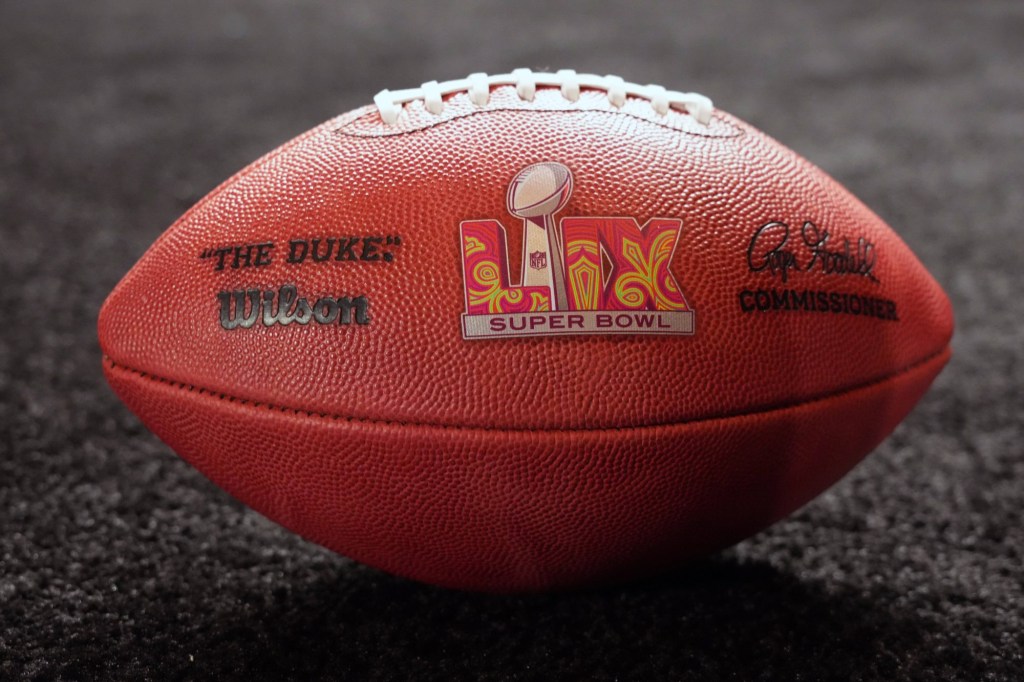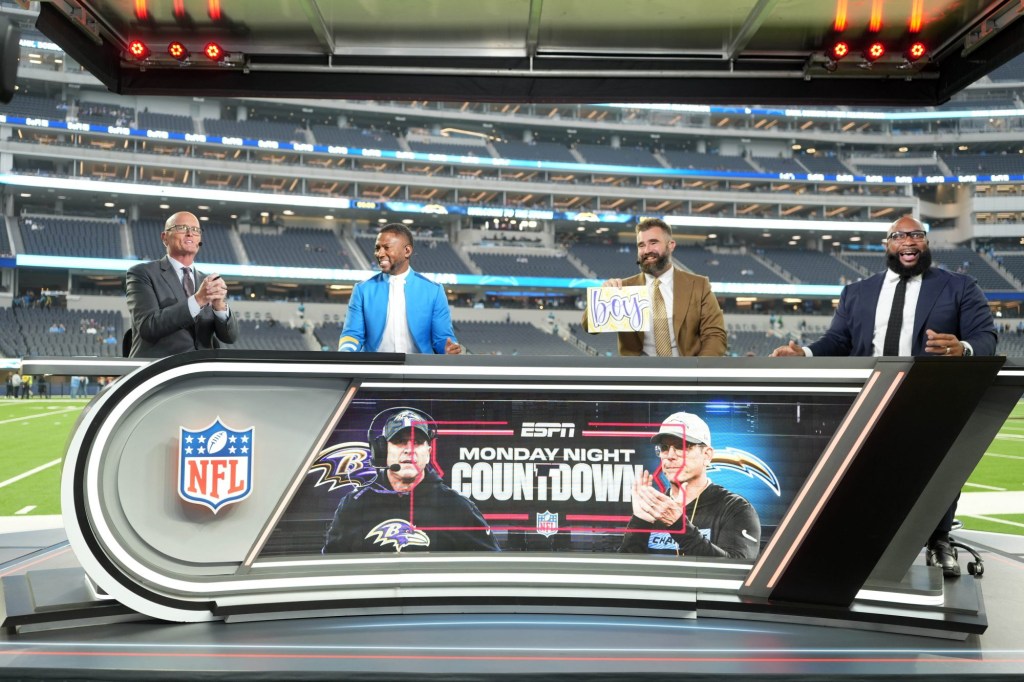
Photo Credit: Terrence Lee-USA TODAY Sports
The NHL has turned to a familiar source to add incremental revenue for this season’s Stanley Cup Playoffs.
Prior to the 2018-2019 season, the league introduced corner ice sponsor placements this season for teams to sell, a marked change over its longstanding policy of only making center ice available for purchase. It was a smash hit: According to NHL Chief Business Officer Keith Wachtel, overall club revenue growth was in the eight figures, more than 25 percent higher than originally estimated.
The league was so pleased with the results that it decided to extend the rollout into the postseason for all 16 teams. This time, the league itself is handling the real estate firsthand, with Amazon Web Services, Enterprise, Ticketmaster and MGM Resorts serving as the designated sponsors.
READ MORE: NHL Turning to Hair to Tell Stories with Great Clips
Wachtel said the idea owes itself to having something of a good problem on its hands. The NHL is aided by a “very avid, passionate and affluent fan base,” with an approximate attendance-filled of 96 percent capacity. Short of building new arenas, however, there’s no more room to pack extra bodies into the stands.
“How can a club continue to generate year-over-year revenue growth when you’re selling all the tickets and have a finite amount of available sponsorship inventory?” Wachtel said of the league’s dilemma. “We felt what’s unique [is], unlike the other sports, we have the ability to bring partners onto the field of play as well as camera-visible dasher boards.”
Unlike the four center ice placements, the league will take over control of the corner inventory come playoff time in order to sell a package that will span across every game of the Stanley Cup Playoffs through the Stanley Cup Final. https://t.co/okDK3x2mdf
— Front Office Sports (@FOS) August 27, 2018
The new positions in some ways are more valuable to potential sponsors than center ice, Wachtel said, as the corners are often where much of the on-ice action takes place. The exposure goes beyond the live games, too; most highlights on TV and social media are of goals and saves, which extend the life of those positions.
“The NHL playoffs are such a huge moment in time for fans everywhere and we’re fortunate to be a part of it,” said Greg Economou, Ticketmaster North America chief commercial officer and head of sports. “This provides us with another impactful touchpoint with fans to reinforce that Ticketmaster has the most tickets to see their favorite teams battle it out for the Stanley Cup live.”
Unsurprisingly, individual teams were pleased about the opportunity to both add revenue and, during the regular season, flexibility to choose where it came from. According to Jarrod Dillon, Tampa Bay Sports & Entertainment chief marketing and revenue officer, the Lightning opted for a strategy of quality over quantity. Tampa Bay quickly sold the four locations at Amalie Arena, opting to go with two partners — Heritage Insurance and Tampa General Hospital — for the four locations, rather than four individually, to “continue our brand value of doing more with fewer partners.”
[mc4wp_form id=”8260″]
“Naturally, we assumed national partners would be looking for more television visibility, but to our surprise, partners with main a local presence were also very excited about them,” Dillon continued. “The combination of national TV exposure, as well as local market TV exposure and then the in-arena local notoriety, seemed to resonate very well.”
Dillon credited Watchel and the league in opening up the new revenue stream and felt the league deserved to have the playoff corner ice positions with “great national partners.” Wachtel partly attributes the decision to logistics. Because the league was unsure of which teams would ultimately make the playoffs, it only made sense for the league to take over placements to guarantee ad partners they’d receive streamlined, guaranteed international exposure.
“We can extract that value, by and large, the goal for the league was to sell to global marketers that saw value across the world, not on a territory-by-territory basis,” Wachtel said.
READ MORE: Data Is Changing the Way the NHL Does Business
The MGM Resorts placement is part of a long-term sponsorship, while the AWS, Enterprise and Ticketmaster placements were sold on a one-year basis as incremental investments. The corner ice spaces are seen right now as a branding play, Wachtel said, and could be used in the future to help lure in larger league partners with their value.
“They’re four really great brands that see the value in the two months of hockey,” Wachtel said. “We went to find the right brands for the right value long term, which very well might be those. But we want to prove the opportunity before we go out there in the marketplace selling for more value.”
Irrespective of this program’s ultimate success, Wachtel says the NHL will continue to look for additional pathways to open up revenue streams. One could be a jersey patch sponsorship in the vein of what NBA teams have integrated over the past couple of seasons. Watchel didn’t put a timetable on the possibility, but the larger idea is in line with the league’s ambition to increase revenue and create a vibrant sponsor ecosystem without muddling the on-ice product. The endgame is still a work in progress. But the corner ice starting points have provided a strong foundation to build upon.

